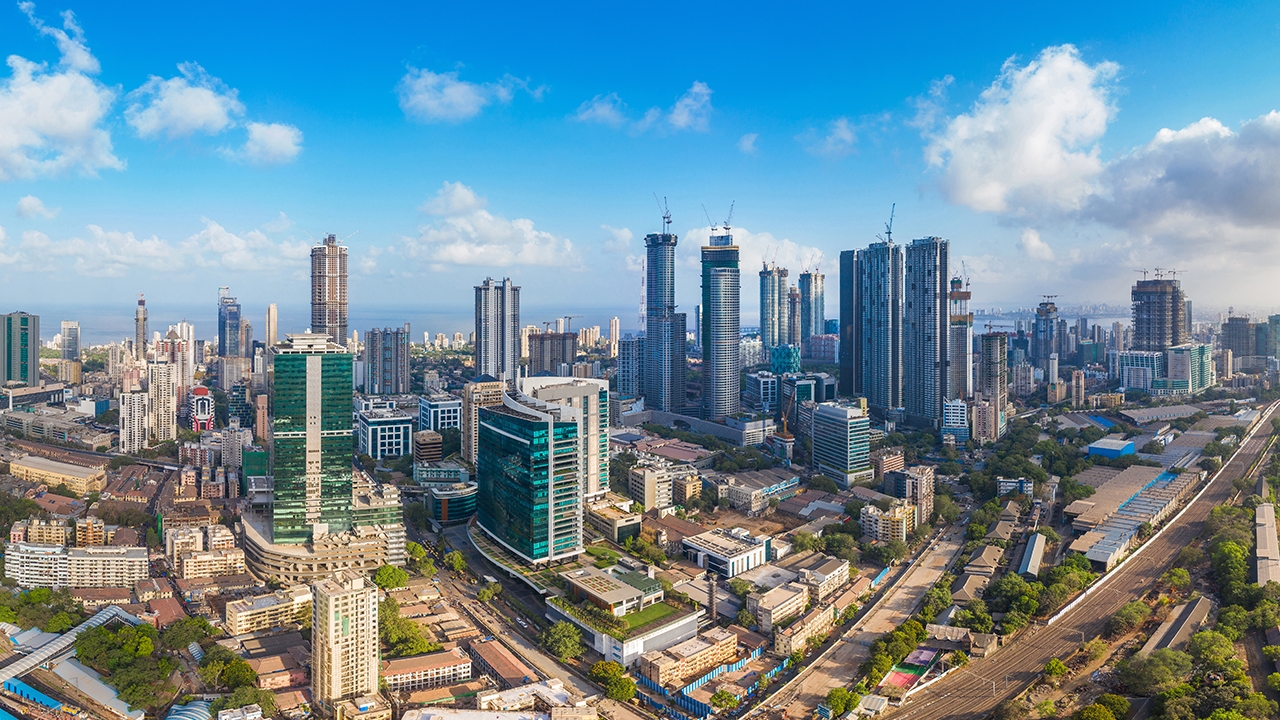India: Customization and sustainability riding high
The Indian government is promoting ‘Make in India’, which encourages start-ups, e-commerce and a younger generation of eco-conscious consumers.

According to Mordor Intelligence, the global label market is expected to grow at a CAGR of 4.2 percent over the forecast period 2023-2027. However, in India, the labels market is expected to grow at more than double that rate, at 8.9 percent CAGR over the forecast period.
Many factors are driving this growth, such as increasing demand for more attractive and personalized packaging, and a rise in the packaged food industry. The growth of the e-commerce industry is another significant factor that is expected to propel this trajectory in an upward direction.
However, we can’t overlook the challenges that the sector is facing: supply chain issues, price increases, worker shortages and ongoing non-availability of key production components.
Despite the challenges, India’s label converters are resilient and resourceful, as they often are in times of crisis.
Personalized packaging
Consumer buying behavior in India has changed largely with a growing generation of younger consumers and a surge in the e-commerce sector. With that boom, there are now greater expectations for brands to create more personalized experiences.
‘A notable trend on the horizon is the increasing adoption of digital embellishments in labels, as brands seek innovative ways to make their products stand out on retail shelves,’ says Tej Prakash Jain, managing director of Monotech Systems. ‘This shift is driven by the desire to enhance brand visibility and create a lasting impact on consumers.’
He continues: ‘Furthermore, the demand for short and medium runs is projected to remain robust, driven by market needs for quick-turnaround mock-ups, overnight product launches, and the rising importance of personalization and customization.’
“There is increasing adoption of digital embellishmenats as brands seek innovative ways to make their products stand out”
And hence, many converters are turning toward digital printing. According to Harveer Sahni, chairman of Weldon Celloplast, the number of digital press installations in the region grew from 22 in 2017 to between 60 and 65 in 2023. ‘Earlier, digital has been slow for obvious reasons of high CapEx and high cost of consumables, but with the start-ups and customization fueling a demand for short runs, digital is steadily making inroads into label printing,’ shares Sahni.
Indian manufacturers continue to gain momentum
As witnessed during Labelexpo India in 2022, Indian machine manufacturers were calling the shots while their Western counterparts were missing. As Labelexpo India returns this year, the story continues with cost-effectiveness being the major differentiator.
Giving his nod to the observation, Sahni, comments: ‘The Indian label industry witnessed a long-awaited evolution. While new converters of roll labels and those in the lower end amongst label manufacturers relied on the Chinese or used presses, the higher end employed the latest international modular servo-driven presses with auto registration, all UV, quick change and advanced features.’
He continues further: ‘In 2023 we saw the emergence of Indian label press manufacturers coming of age with matching specifications and competitive price tags, not only in India, but also internationally. Labelexpo India witnessed many Indian presses running live while the foreign brands were missing. The cost-effectiveness brought about a big increase in the number of printing companies and with that came intense competition.’
Leveraging the ‘eco’nomics of sustainable solutions
Sustainability emerged as a dominant theme in the Indian label printing and flexible packaging landscape throughout 2023. The Indian label printing and flexible packaging industry grappled with an evolving regulatory landscape in 2023, as the Indian government intensified its focus on environmental sustainability and safety standards.
With EPR becoming mandatory in India, companies are shifting towards paper-based packaging or paper-based self-adhesive labels. Filmic labels are also evolving. Talking on this theme, Kulbhushan Mallik, global business head at Cosmo Films, comments: ‘The sleeve segment, over a period of time, will see a lot of transition happening from PVC type of shrink sleeves to PET-G or PET type of sleeves, which is more sustainable and basically has no harmful impact to the environment.’
Katsuhisa Asari, managing director, Konica Minolta Business Solutions India, says the move to digital printing is also a move towards sustainability: ‘Digital printers eliminate the need for plates, thus reducing energy consumption and waste generation. Our toner generates an environmentally sustainable print by utilizing approximately 25 percent less water to manufacture compared to a conventional polymerized toner.’
Print fuses with smart technologies
In 2023, the Indian label printing and flexible packaging industry witnessed a notable convergence of smart technologies in its operations.
Asari informs that along with increasing use of variable data printing, the company continues to see rampant innovation among printers, and predicts the industry will continue to see a growing synergy between print and augmented reality. He also touches upon the integration of artificial intelligence opening new dimensions in prototyping.
As the industry continues to evolve, collaborative efforts among manufacturers, suppliers and converters will play a pivotal role in shaping the future of label printing and flexible packaging in India.
Stay up to date
Subscribe to the free Label News newsletter and receive the latest content every week. We'll never share your email address.


